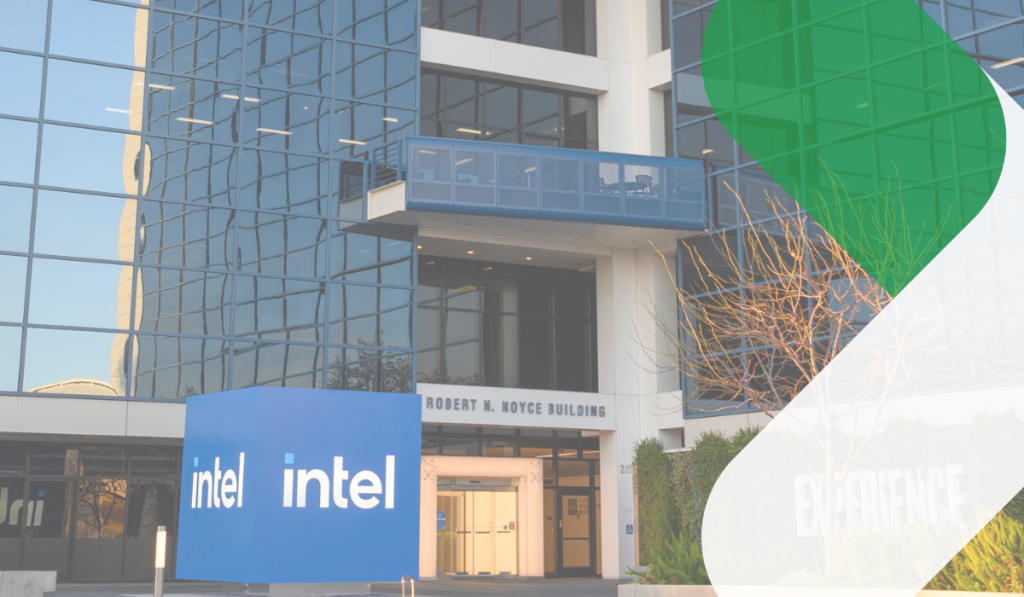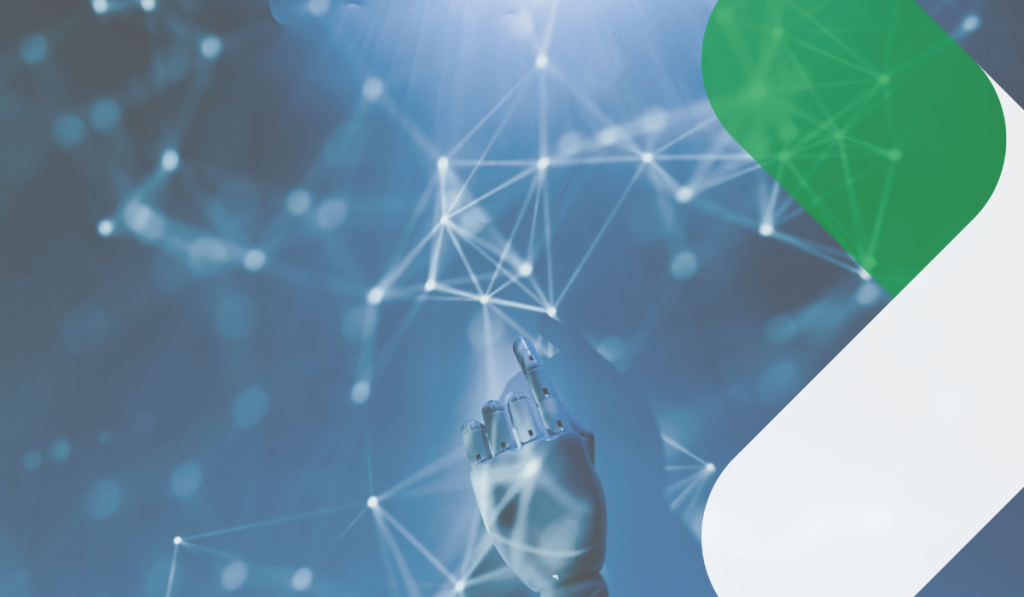Edge Intelligence
Edge computing represents a paradigm shift in data processing, bringing computational capabilities closer to the data sources, typically sensors and devices, in embedded systems. This approach is crucial in environments where resources are limited, and real-time processing is essential. By processing data locally, edge computing reduces the need for constant connectivity to centralized cloud servers, thereby minimizing latency and bandwidth usage. This is particularly important in scenarios where real-time decision-making is crucial, such as in autonomous vehicles or remote monitoring systems. In resource-constrained environments, edge computing allows for the efficient deployment of AI and ML applications, enabling devices to perform complex computations on-site, without the need for extensive hardware.
Frameworks like TensorFlow Lite and ONNX (Open Neural Network Exchange) play a pivotal role in enabling AI on edge devices. TensorFlow Lite is designed for lightweight inference on mobile and embedded devices. It allows for the deployment of TensorFlow models on smaller, less powerful hardware, optimizing them for low-latency, real-time applications. TensorFlow Lite models can perform tasks like image and voice recognition efficiently, making them ideal for a wide range of embedded systems. ONNX, on the other hand, provides an open ecosystem for interchangeable AI models. It supports models trained in various frameworks, making it easier to deploy them across different platforms and devices. ONNX facilitates a seamless transition between training and inference, enabling developers to choose the best tools for each stage of their project.
The application of edge AI in wearables, industrial automation, and robotics showcases the transformative impact of this technology. In wearables, edge AI enables real-time health monitoring and predictive analytics. Smartwatches and fitness trackers can now analyze health data such as heart rate and activity levels directly on the device, providing immediate feedback and alerts. This has significant implications for preventive healthcare and personalized fitness regimes.
In the world of industrial automation, edge AI is revolutionizing how factories operate. By integrating AI directly into machinery and sensors, industrial systems can predict maintenance needs, optimize production processes, and enhance safety measures. This real-time processing capability allows for immediate response to changing conditions, minimizing downtime, and improving overall efficiency.
Robotics is another area where edge AI is making a substantial impact. Robots equipped with AI capabilities can process sensory data in real-time, enabling them to interact more naturally with their environment and make autonomous decisions. This is particularly important in applications like medical treatments in remote areas, where robots can undergo several clinical tasks by themselves.
On-Device Learning
On-device learning, a subset of machine learning, involves training AI models directly on the embedded devices where they are deployed. This approach is transformative for environments that are dynamic and change over time. Unlike traditional models trained on static datasets in the cloud or central servers, on-device learning enables models to continuously learn and adapt based on new data in their operational environment. This continuous learning process allows models to become more accurate and efficient, adjusting to new patterns, behaviors, or anomalies that weren’t present in the initial training data. For instance, an AI model in a climate control system within a smart building can adapt to changing occupant behaviors and external weather conditions, optimizing energy usage over time. This adaptability is crucial in maintaining the relevance and effectiveness of AI applications in real-world scenarios.
Federated learning is a revolutionary technique in on-device learning that addresses privacy and data security concerns. It allows multiple devices to collaboratively learn a shared prediction model while keeping all the training data on the device, separating the ability to do machine learning from the need to store the data in the cloud. This approach is particularly important in applications where data privacy is paramount, such as personal health monitoring or industries dealing with sensitive information. A global model is sent to the device and trained on local data in federated learning. These local updates are aggregated to improve the global model without sharing individual data points. This method preserves privacy and reduces the need for data transfer, which can be a significant bottleneck in large-scale AI deployments.
The practical applications of on-device learning are vast, particularly in the fields of anomaly detection and predictive maintenance. In industrial settings, for example, machinery equipped with sensors can use on-device learning to detect operational anomalies in real time. These systems can identify patterns indicative of potential failures or inefficiencies, triggering maintenance actions before issues escalate into costly downtime. This proactive approach to maintenance is significantly more efficient than traditional, schedule-based practices.
Similarly, in the field of cybersecurity, on-device learning is employed to detect unusual network activity that could signify a security breach. By continuously learning what normal activity looks like, these systems can quickly identify and respond to deviations, providing a dynamic defense against evolving cyber threats.
Sensor Fusion
Sensor fusion, an integral aspect of modern AI and ML applications, involves integrating data from multiple sensors to create a comprehensive understanding of the environment. This approach is particularly important in embedded systems, where no single sensor can capture the complete picture. By combining data from various sources, AI and ML algorithms can provide richer insights and make more informed decisions. For instance, in a security camera system, combining visual data with audio and thermal sensors can significantly enhance threat detection capabilities, identifying potential issues that a single sensor might miss. Similarly, in wearable technology, data from accelerometers, gyroscopes, and heart rate sensors can be fused to provide a holistic view of a user’s health and fitness levels. This multi-sensor approach allows for more accurate and reliable outcomes, as the strengths of one sensor can compensate for the limitations of another.
However, sensor fusion is not without its challenges. One of the primary difficulties lies in synchronizing and calibrating data from diverse sensor types. Each sensor operates on its own timeline and might have different resolutions and sensitivities, making data integration a complex task. Ensuring that the data is accurately aligned in time and space is crucial for the effectiveness of the fusion process. Techniques like timestamping and data interpolation are often used to synchronize data streams. Calibration, on the other hand, ensures that the data from different sensors is consistent and comparable. This might involve adjusting for sensor biases or scaling differences. Advanced AI and ML algorithms can assist in these processes, automatically adjusting and calibrating data to ensure accuracy and consistency.
Sensor fusion has been successfully applied in various fields, including autonomous vehicles, environmental monitoring, and medical devices. For instance, autonomous vehicles use sensor fusion to combine data from multiple sensors, such as cameras, lidars, and radars, to obtain a more accurate and comprehensive view of the surroundings. Environmental monitoring systems use sensor fusion to combine data from different sensors, such as air quality sensors and weather sensors, to provide more accurate and reliable information about the environment. Medical devices use sensor fusion to combine data from different sensors, such as electrocardiogram and photoplethysmography sensors, to provide more accurate and reliable health monitoring.




